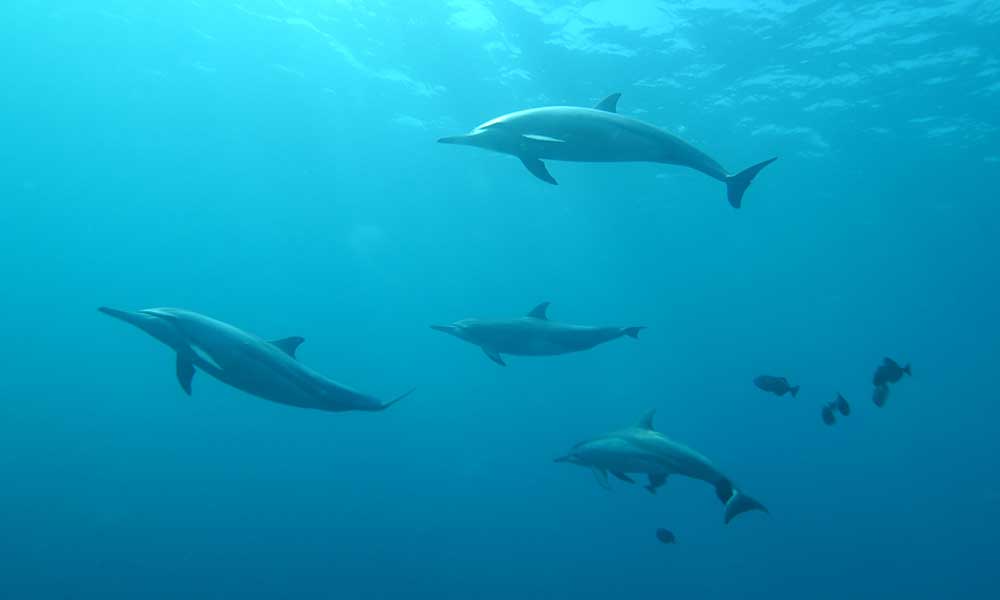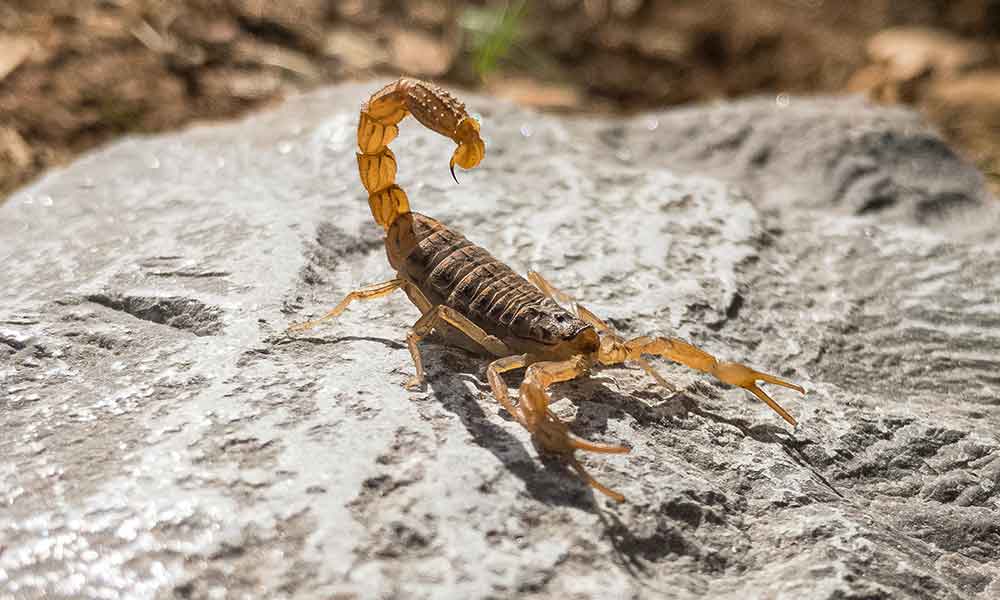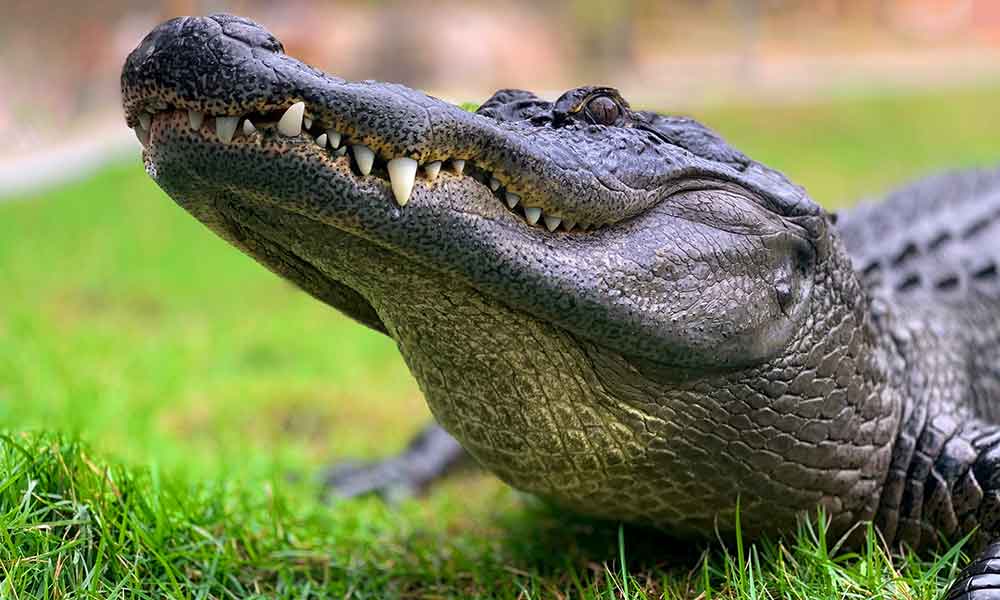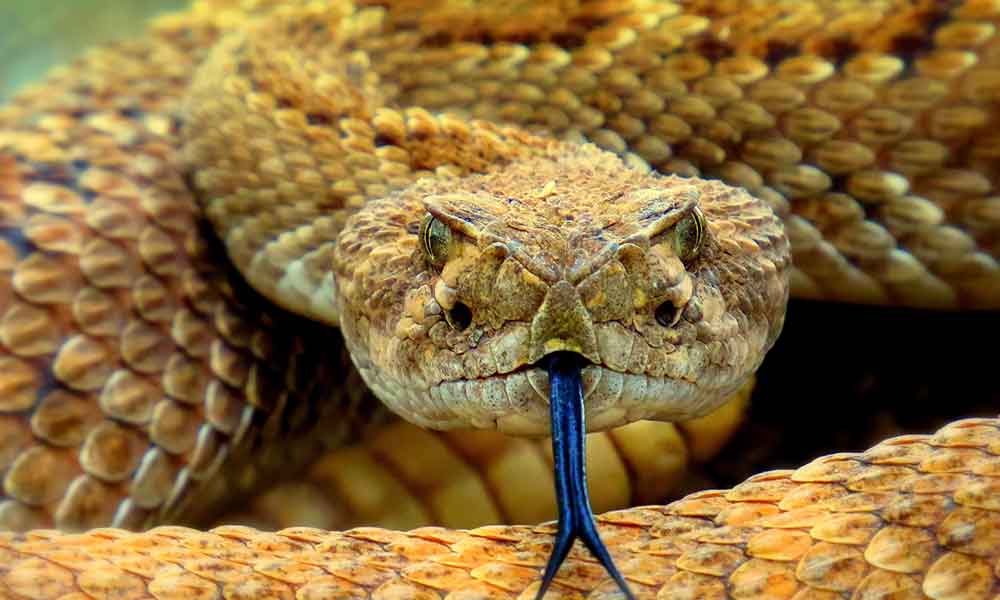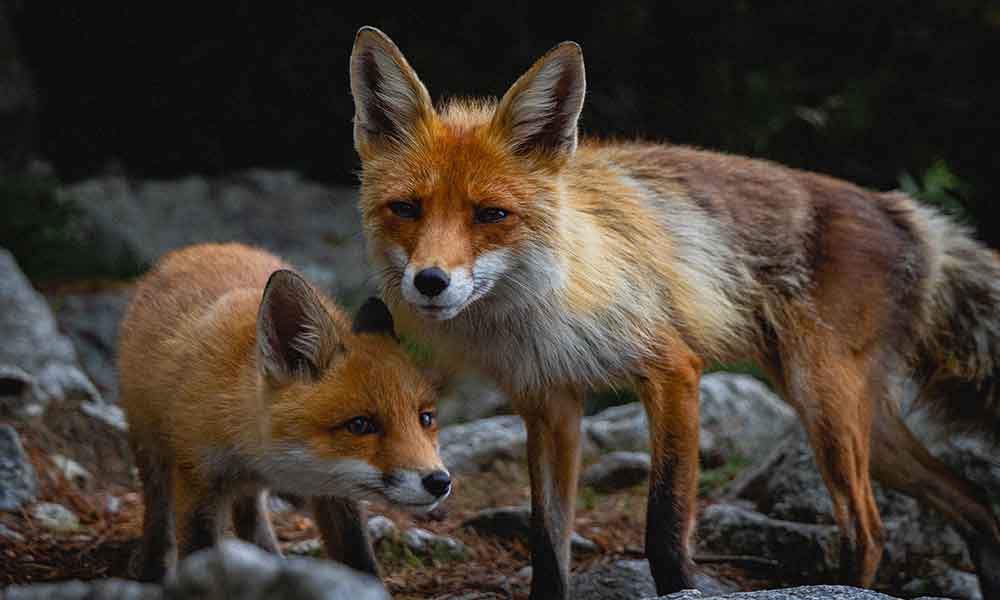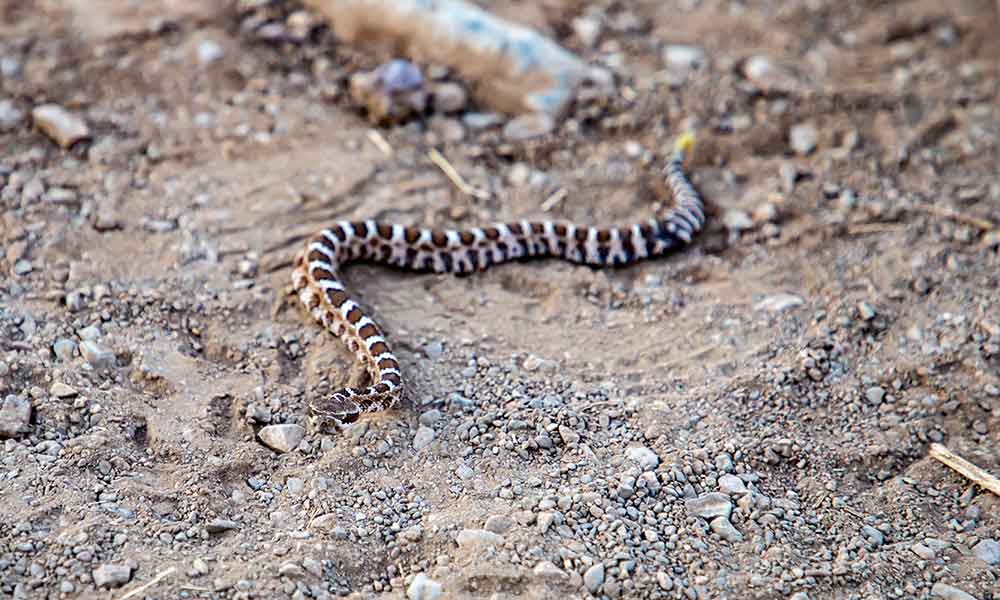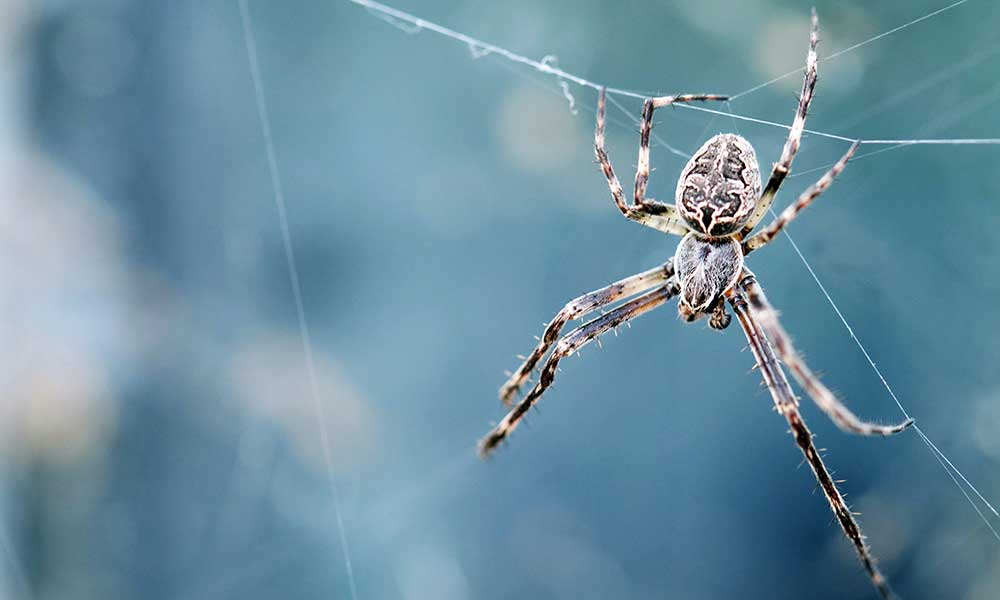In this guide, we’ll look at the many types of dolphins in each family group, covering where these dolphin species live, what they eat, how big they are, and where they get their names.
There are 44 dolphin species known today and these are grouped into a number of different families. 38 species of dolphin are oceanic dolphins and another 5 are river dolphins.
We cover the below 20 different types of dolphins in this article:
- Common Dolphin
- Bottlenose Dolphin
- Pilot Whale
- Orca (aka Killer Whale)
- False Killer Whale
- Commerson’s Dolphin
- Rough-Toothed Dolphin
- Risso’s Dolphin
- Melon-Headed Whale
- Pygmy Killer Whale
- Spinner Dolphin
- Tucuxi
- Amazon River Dolphin
- Meherrinia (Extinct)
- Isthminia (Extinct)
- Indus River Dolphin
- Ganges River Dolphin
- Dilophodelphis (Extinct)
- Brackish Dolphins (Pontoporiidae)
- Chinese River Dolphin or Baiji (Liptotidae)
Oceanic Dolphins (Delphinidae)
The word Delphinidae comes from the Latin word for “dolphin”, Delphinus. Delphinus can be traced back to the Greek word “δελφίς”, which comes from their word for “womb”.
The name, therefore, can be interpreted as “fish with a womb”.
Delphinidae is the largest category of cetaceans (a category that includes dolphins, whales, and porpoises) and it includes some of the most common dolphin species.
These dolphins inhabit the world’s seas and oceans, but their actual habitats vary greatly.
Some prefer tropical waters, others remain in cold climates; some stay offshore, others venture closer to the coast.
Some of the most common dolphin species in this category include:
Common Dolphin
The common dolphin is the most abundant dolphin in the world, with an estimated population of over 6 million.
Common dolphins often featured in ancient Greek art and mythology and this passion also spread to the Romans.
Common dolphins are medium-sized (around 7 feet) but can grow over 8 feet and weigh up to 330 lbs.
Despite its popularity and abundance, the common dolphin is not the archetypical dolphin (the one that everyone thinks of when they picture this animal) as that honor goes to the bottlenose dolphin.
Bottlenose Dolphin
Bottlenose dolphins are the dolphin species that most people picture when they think of these creatures.
Bottlenose dolphins have an all-over grey appearance and have featured in countless films and TV shows, including Flipper.
They are smart and beautiful creatures and they can be found all over the world, including off the coast of Florida, where these creatures number in the thousands.
Bottlenose dolphins are longer and heavier than common dolphins and can span up to 13 feet with an average weight of around 660 lbs.
Pilot Whale
Pilot whales are so-called because it was believed that their pods were “piloted” by a single whale.
They are also part of the “blackfish” family, which includes a number of species of fish.
There are long-finned and short-finned pilot whales and both of these can reach up to 20 feet in length.
Orca (aka Killer Whale)
The orca or “killer whale” is the largest member of the oceanic dolphin family and has a very distinctive white and black body.
These apex predators subsist on everything from fish to seals and other species of dolphin.
Killer whales can reach up to 30 feet and weigh up to 12,000 lbs. on average, with the largest animals weighing over 22,000 lbs.
The name “killer whale” stems from the fact that these animals have a history of being ferocious and dangerous, with Pliny the Elder describing them as “an enormous mass of savage flesh with teeth” back in AD 70 and many other Roman and Greek writers adopting similar opinions.
Wild killer whale attacks are rare, but they do occur.
Even more common are captive killer whale attacks, as orcas are often kept in marine parks and have been known to injure and even kill.
These captive whales, and the cruelty that they endure, was the subject of the smash-hit Blackfish film from 2013.
False Killer Whale
False killer whales are so-named because they look fierce but actually have hearts of gold.
Okay, so that was a joke, but it’s more interesting than the truth, which is that the false killer whale (or “pseudo-orca”) has a similar-shaped skull to the killer whale.
False killer whales can be up to 20 feet.
They are sociable animals that live in pods with hundreds of whales—so…the “heart of gold” thing wasn’t a complete lie.
Commerson’s Dolphin
Commerson’s dolphin is a small dolphin with a beautiful mix of black and white shades.
It’s short and stocky and typically grows to no more than 5 feet.
In fact, one of the smallest adult cetaceans ever caught was a female Commerson’s dolphin weighing just 51 lbs.
The unique colors and compact sizes of these dolphins mean they are often captured and raised as captive animals.
They can be seen at many aquariums around the world.
Rough-Toothed Dolphin
First described in 1823, the rough-toothed dolphin lives in deep and warm waters and has a “least concern” conservation status, which means that its numbers are plentiful and its habitat is relatively safe.
Risso’s Dolphin
Risso’s dolphin or “grampus griseus” is the only dolphin species in the “grampus” genus, although it is closely related to the pilot whale.
Risso’s dolphins are named for Giuseppe Antonio Risso, a naturalist who first described the animals.
They have a large body and dorsal fin and they are typically around 10 feet in length, with some growing to over 13 feet.
Although it’s not the biggest dolphin species, it is one of the heaviest as Risso’s dolphins can weigh over 1,000 lbs.
Melon-Headed Whale
Also known as the “electra dolphin” and even the “little killer whale”, the melon-headed dolphin is so-named because of its conical head.
It doesn’t have much of a beak but it has a tall dorsal fin and can grow to over 9 feet in length.
Melon-headed whales feed on small fish and squid and often save their feasts for the nighttime.
Pygmy Killer Whale
The pygmy killer whale is a small dolphin species that shares some similarities with the killer whale, but in a much smaller frame.
It has been observed as being very aggressive in captivity but is thought to be much more placid in the wild.
Spinner Dolphin
At just a few feet, the spinner dolphin is one of the smallest dolphins on this list, but it’s also one of the most impressive.
Commonly found in off-shore tropical waters, these oceanic dolphins are known for their acrobatic displays where they will literally “spin” through the air as they jump out of the water.
Also known as the “long-snouted dolphin”, the spinner was first described nearly 200 years ago and there are four subspecies, including the Eastern spinner and Hawaiian spinner.
Tucuxi
The tucuxi is a freshwater dolphin that lives in the Amazon basin, putting it in the same vicinity as some river dolphins.
In appearance, the tucuxi resembles the bottlenose dolphin but is much smaller, averaging around 5 feet in length.
Also, unlike the bottlenose dolphin, the tucuxi is classed as an endangered species.
It’s considered to be a relatively common dolphin but overfishing and water pollution are a major threat to the animal’s habitat.
New World River Dolphins (Iniidae)
Iniidae is a river dolphin species that thrives along the river basins of South America.
They include an array of beautiful creatures that are distinct from the marine-dwelling dolphins mentioned above, including:
Amazon River Dolphin
The Amazon river dolphin is also known as a pink river dolphin due to the unique color acquired by adults of this species.
The Amazon river dolphin lives in the Amazon basin, as well as other areas, and is currently listed as an endangered species.
At over 400 lbs. on average, these are the largest of all river dolphins.
Meherrinia (Extinct)
The meherrinia is an extinct species of river dolphin named for the Meherrin River in North Carolina, where the dolphin once lived.
It is said to have been closely related to the Amazon and La Plata river dolphins, and the fossil that determined its classification dates from the late Miocene era.
Isthminia (Extinct)
An extinct river dolphin species that lived in Panama during the Late Miocene era. It is thought to have been around 10 feet in length.
Indian River Dolphins (Platanistidae)
Platanistidae includes the platanista genus, which covers the two extant species listed below. It also covers some extinct river dolphins.
Indus River Dolphin
The Indus river dolphin lives in the Indus River basin, which covers Pakistan and India.
It is an endangered species characterized by its long and pointed nose and wide body.
These river dolphins subsist on fish and crustaceans and humans are their biggest threat, with fishing (intentionally and accidentally) and pollution threatening their numbers.
Ganges River Dolphin
It was once thought that the Ganges river dolphin and the Indus river dolphin were the same, but they are now classified separately.
They are similar, though, and the Ganges river dolphin is also endangered.
The Ganges river dolphin lives in the Ganges river system and has a long and pointed nose.
Dilophodelphis (Extinct)
The Dilophodelphis is an extinct river dolphin from the Early Miocene era.
Its name comes from its unusual supraorbital crests which are said to resemble the dilophosaurus dinosaur.
Brackish Dolphins (Pontoporiidae)
Brackish dolphins, pontoporiidae, or “Franciscana” dolphins are also known as “La Plata” river dolphins, as they come from the La Plata river.
The la plata river dolphin lives in South America and it’s the only river dolphin that lives in saltwater estuaries, as opposed to freshwater.
These dolphins measure just 5 feet or so and they are listed as “vulnerable”, with agriculture and commercialization polluting their habitats and placing the health of these river dolphins in jeopardy.
Chinese River Dolphin or Baiji (Liptotidae)
As the above list shows, many dolphins have gone extinct over the years but most of these extinctions occurred long before humans arrived on the scene and were the result of climate changes.
In other words, we didn’t kill them—we were nowhere near.
But there is one dolphin that we have “killed’, and that’s the Chinese river dolphin, also known as the baiji.
The baiji dolphin lived in the Yangtze River for over 20 million years, which means it was probably around when many of its cousins were dying off in rivers across Europe and the Americas.
Local fishermen idolized the Chinese river dolphin, nicknaming it the “Goddess of the Yangtze” and believing that it could provide them with protection.
However, as China industrialized and began commercializing the fishing industry and turning to hydroelectricity, the number of baiji dolphins dropped significantly.
It has since been claimed that the Chinese river dolphin is the first dolphin that humans have driven to extinction.
We say “claimed” because no one knows for sure and there is a chance that these dolphins still exist in small numbers.
It’s unlikely, though, and if humans continue to trash the environment and treat the oceans with little respect, the Chinese river dolphin won’t be the last dolphin species that we eradicate.
Types of Dolphins: Species and Traits
Dolphins are beautiful, intelligent, and fascinating creatures, and as the above list of dolphin species shows, they exist across a wide spectrum.
Hopefully, now that you’ve made it to the end of this article, you’ll appreciate the true beauty and diversity of these many types of dolphins.
Want to know more about dolphins? Check out these dolphin facts.

